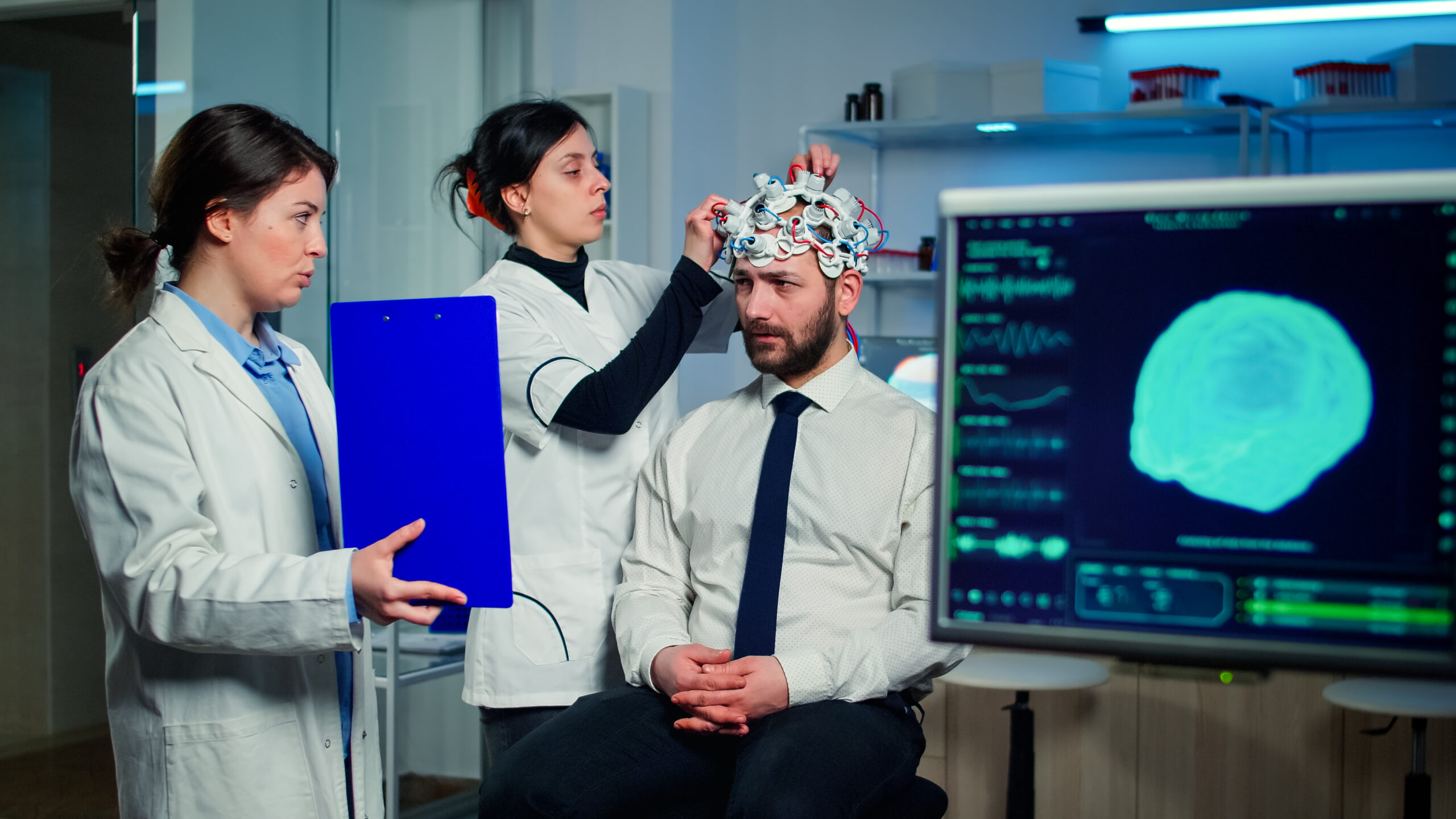In the world of technology and innovation, we stand on the precipice of a revolution not witnessed since the birth of the internet. Neuralink, a name that’s become synonymous with cutting-edge brain-computer interfaces (BCI), has sparked conversations far beyond Silicon Valley’s echo chambers. This isn’t about a new gadget or a fleeting fad; this is about reshaping humanity’s future.
The Fusion of Minds and Machines
At the heart of this revolution is the seamless convergence of neural interfaces with immersive technologies, like those akin to Apple Vision Pro, and the prowess of generative AI platforms, reminiscent of ChatGPT or Sora. This trinity of tech marvels promises an explosion of tools and experiences that defy the bounds of what was once deemed possible.
Neuralink, leading the charge, has already demonstrated profound capabilities. Imagine controlling a digital chess game simply with thought, as Nolan Arbaugh has shown. Now extend that control to everyday applications — from composing music to drafting emails, all in the blink of an eye, or rather, a thought.
Brain Training Technology
Yet, with great power comes great responsibility. The emergence of “brain training” technologies is paramount. These tools don’t just acquaint users with BCIs but optimize mental engagement. By leveraging advanced algorithms and neurofeedback mechanisms, we can fine-tune our cognitive processes to interface with Neuralink more effectively, avoiding the pitfalls of distraction and dependency.
Neural Filters: The Next Privacy Frontier
Privacy takes on a new dimension with BCIs. Neural filters emerge as a groundbreaking concept — sophisticated software capable of differentiating between what should be shared and what must remain private. The applications are profound: from filtering out involuntary impulses to safeguarding our innermost thoughts from unintended transmission.
Biometric Symbiosis
The convergence doesn’t stop at the neural level. Integrating Neuralink with biometric sensors opens a world of empathetic technology. Continuous glucose monitoring, heart rate variability, and galvanic skin response can now paint a vivid picture of our emotional and physical state, creating a feedback loop that informs and adjusts BCI engagement. This harmony between body and machine could revolutionize therapeutic practices, enhance mindfulness, and even transform athletic training.
The Intellectual Property Strategy
For companies and innovators in this nascent space, intellectual property is the battleground where the future will be won. Patents and trade secrets are the currency of innovation, and a robust IP strategy is non-negotiable.
Patents, particularly those covering integrative technologies, will be the cornerstones of corporate valuations and market dominance. Companies must prioritize securing broad, foundational patents while also delving into the nuances of specific applications.
Trade secrets, on the other hand, will protect the proprietary algorithms and data analytics processes that make these technologies so powerful. A dual strategy that leverages both patents and trade secrets will likely be the most formidable.
How to Get Ahead in Neural Interface IP and Innovation
The implications of this tech renaissance are colossal. As an inventor with over 150 patents and a decade of IP consultancy, I’ve witnessed the transformative power of well-harnessed intellectual property. The opportunities are vast, but they require visionaries who can foresee the trajectory of these technologies.
It’s not just about pioneering; it’s about steering humanity towards a future where technology amplifies our potential without compromising our essence. Companies and individuals with the foresight to protect their innovations through intellectual property will shape this new world.
Neuralink has laid down the gauntlet, but it’s up to us to carry the torch. It’s time to build responsibly, innovate wisely, and protect fiercely. The race is on to define the next era of human capability. The question is, are you ready to be a part of this epochal shift?
Let’s not just witness the future. Let’s create it.

